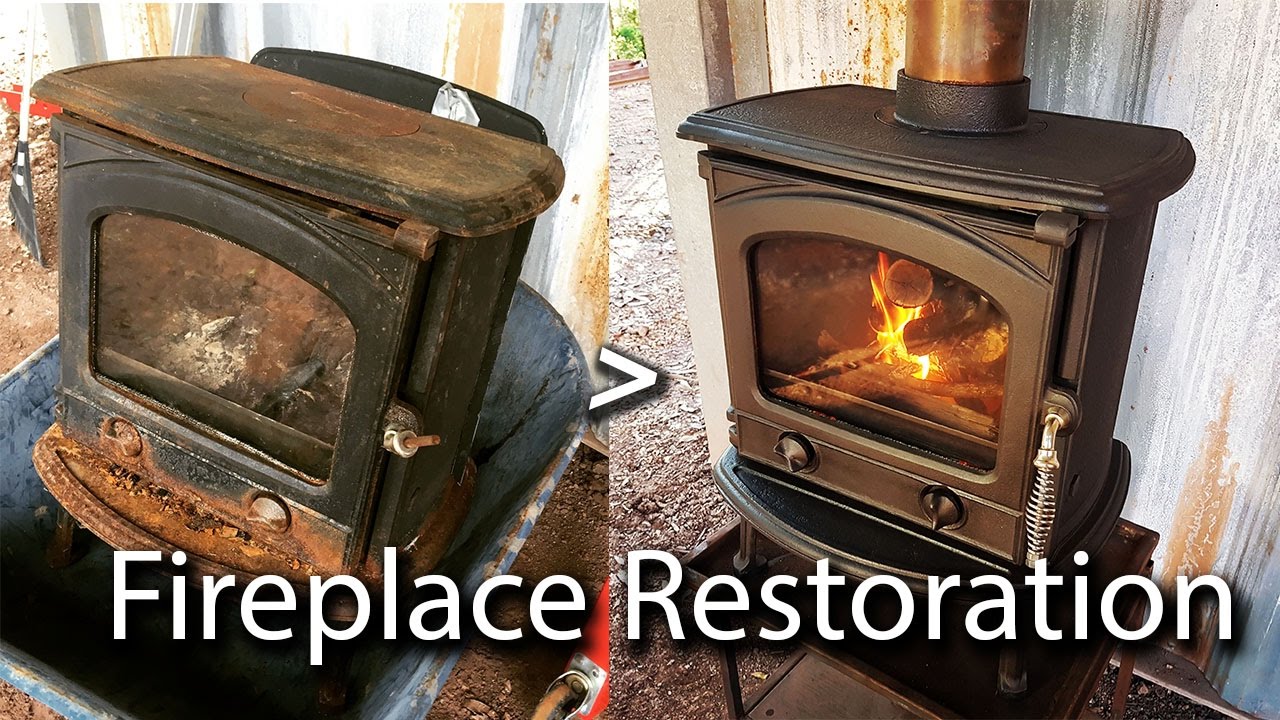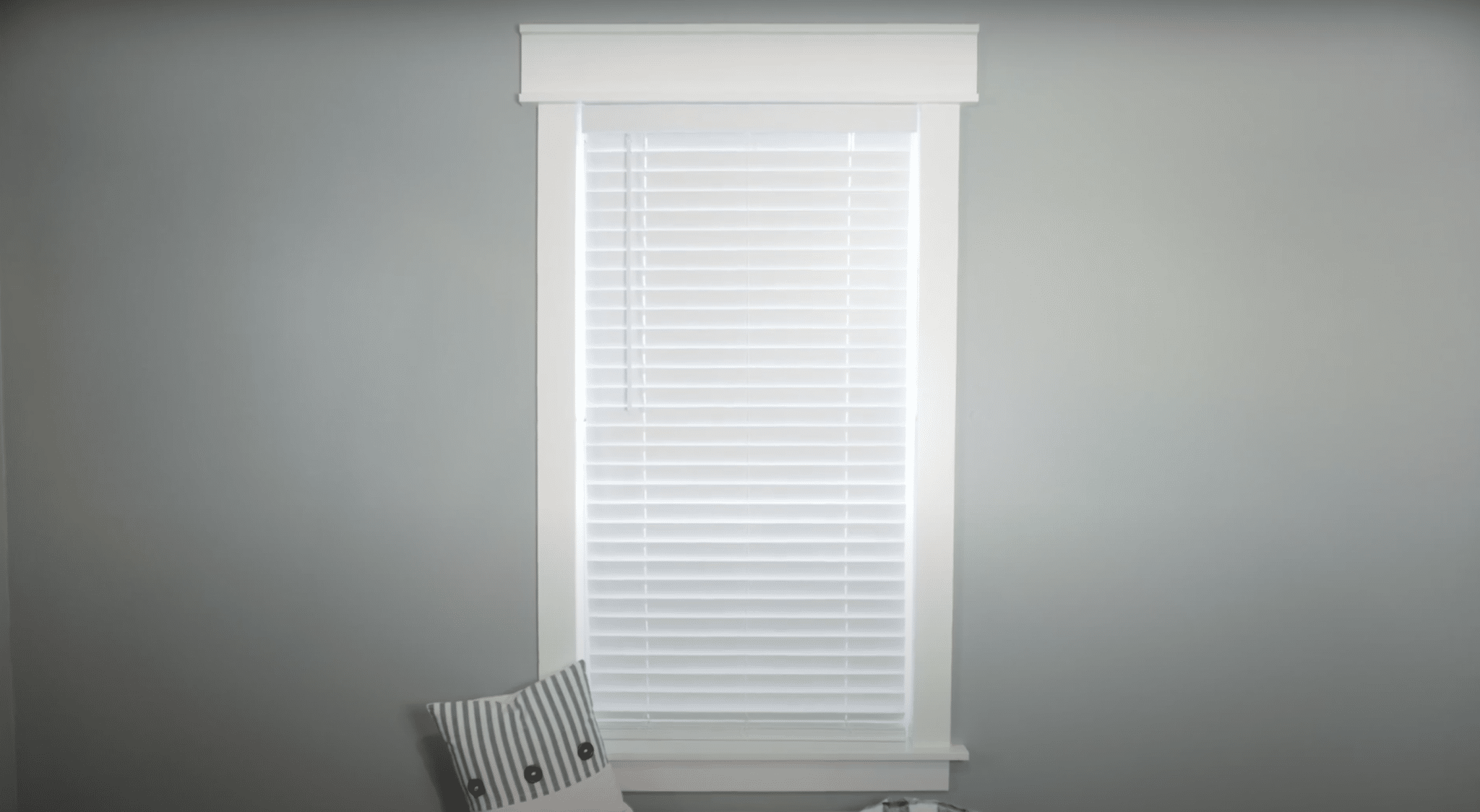Cast Iron Fireplace Restoration: A Comprehensive Guide
Is your once-grand cast iron fireplace now a rusty, paint-chipped eyesore? Imagine transforming that neglected centerpiece into a stunning focal point that captures the grace of an outdated era.
Restoring a cast iron fireplace can bring new life into your home’s historic charm. This comprehensive guide will tackle common issues like rust, flaking paint, and cracks, empowering you to revive your fireplace’s original beauty.
Whether you’re a DIY enthusiast or considering professional help, our step-by-step instructions will equip you with the knowledge to make informed decisions.
Ready to begin your restoration expedition? Let’s uncover the secrets to returning your cast iron fireplace to its former glory.
Understanding the Challenges
Restoring a cast iron fireplace involves unique challenges due to its rich history and intricate designs. Before starting this restoration project, it’s important to understand the scope of the task ahead.
This section will delve into the common issues, from surface-level problems like rust and flaking paint to more serious structural concerns.
Understanding these challenges will better equip you to assess your fireplace’s condition and plan your restoration approach.
Whether dealing with a minor touch-up or a major overhaul, recognizing these potential hurdles is the first step toward a successful restoration project.
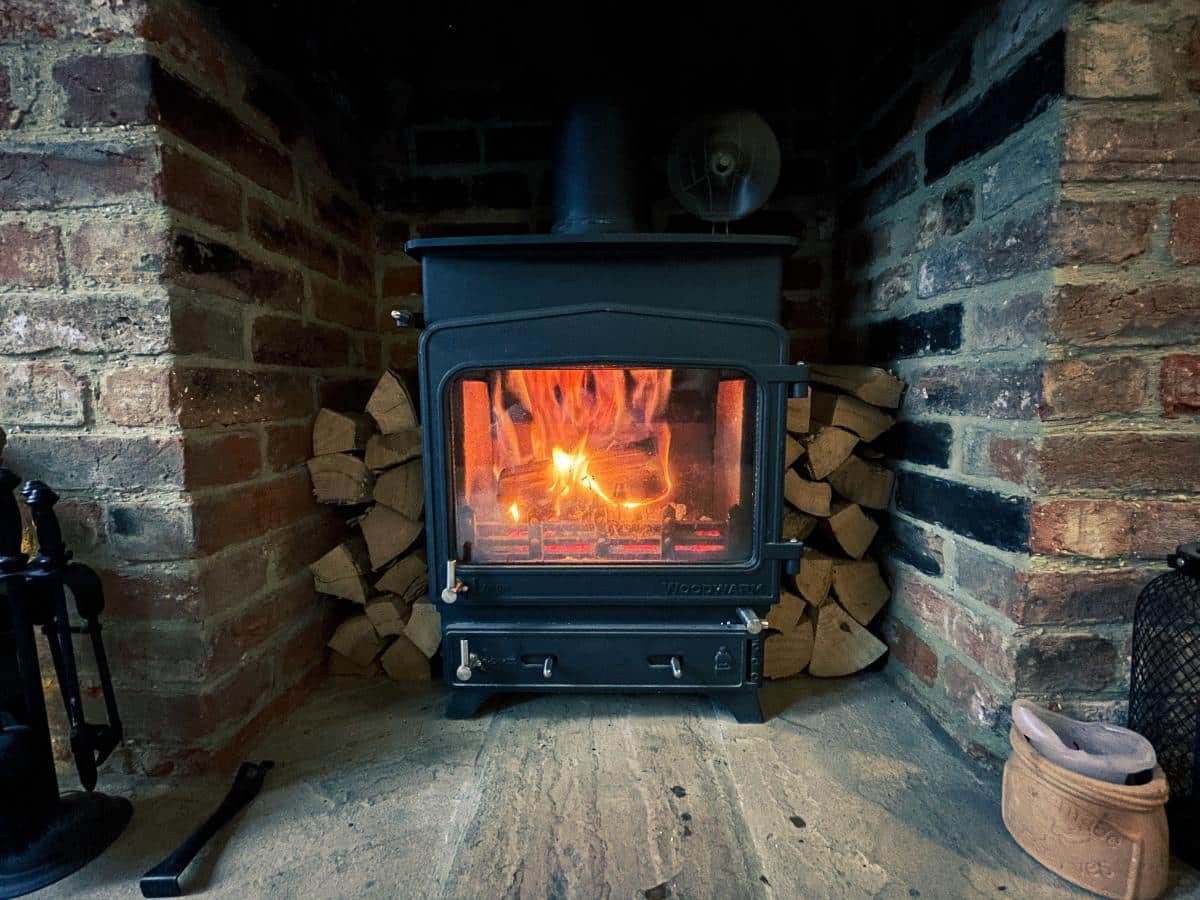
Cast iron fireplaces, often dating back to the Victorian era, can suffer from various deterioration over time. These exquisite pieces of history are susceptible to several common problems:
- Rust patches: When exposed to moisture, cast iron is prone to oxidation. This can result in unsightly rust spots that not only mar the appearance but can also spread if left untreated.
- Cracks: Temperature fluctuations and physical stress can cause cast iron to develop cracks. These can range from hairline fractures to more significant splits compromising the fireplace’s integrity.
- Broken or chipped parts: Over decades, delicate decorative elements or functional components may break off or become chipped. This is particularly common in intricately designed fireplaces.
- Flaking paint: Many cast iron fireplaces were originally painted or received coats of paint over the years. Due to age, heat exposure, or improper application, this paint can begin to flake or peel.
- Warping: In severe cases, prolonged exposure to high heat can cause fireplace sections to warp or become deformed.
- Corrosion: Beyond surface rust, deep-seated corrosion can eat away at the metal, weakening its structure.
These issues can be daunting for first-time restorers, often leaving them unsure where to begin. The prospect of tackling multiple problems simultaneously can seem overwhelming.
However, it’s important to remember that you can return your fireplace to its former glory with proper care, patience, and the right techniques.
Each issue has specific remedies, and addressing them systematically can lead to a stunning transformation.
The key lies in understanding the nature of cast iron, respecting the piece’s historical value, and approaching the restoration with a well-planned strategy.
Essential Restoration Steps
Now that you’re familiar with the challenges, it’s time to roll up your sleeves and get to work. This section will guide you through the essential steps to restore your cast iron fireplace.
We’ll cover everything from initial cleaning and rust removal to more advanced techniques for addressing structural issues.
Each step is crucial in restoring your fireplace to its former glory. While the process may seem daunting, breaking it down into manageable steps will help you confidently tackle the restoration.
Remember, patience and attention to detail are key as you work through these stages. Let’s explore the step-by-step process of restoring and transforming a cast iron fireplace into a stunning focal point of your home.
Step 1: Tackling Rust

Rust is the primary enemy of cast iron fireplaces. It forms quickly when moisture contacts the metal, potentially ruining the traditional look.
Fortunately, due to cast iron’s durability, rust is primarily a look concern and doesn’t typically cause structural issues.
The first step is to gather the right tools and materials you are going to need to get rid of the rust; these include
- Steel wool or wire brush
- Cleaning cloth
- Rust remover or white vinegar
- Sandpaper with a medium grit
- Protective gloves
- Protective face mask and goggles
After cleaning, consider applying a protective layer of rust-proof paint, iron paste, or black grate polish to prevent future rusting.
Step 2: Removing Unwanted Paint
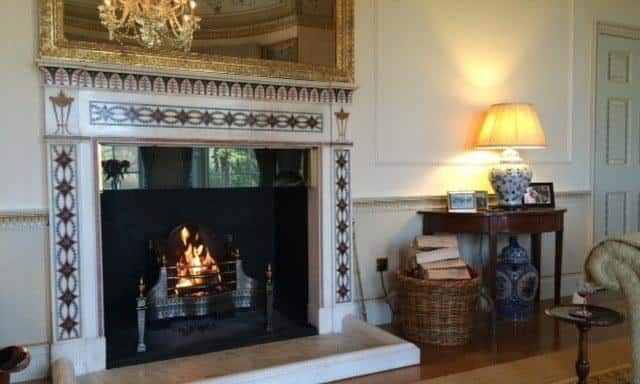
Old paint layers are a common issue in fireplace restoration. Absent paint can be easily removed from accidental spills or previous customization attempts.
I. Preparation
A. Safety Measures
- Wear protective gear: gloves and face mask
- Wear old clothes or coveralls
- Cover surrounding areas with drop cloths or old sheets
- Ensure proper ventilation in the work area
B. Material Selection
- Choose a cast iron-safe paint stripper.
- Gather necessary tools: paintbrush, scraper, sandpaper, cloths
II. Paint Stripping
A. Application
- Apply a thick, even layer of stripper with a paintbrush
- Ensure complete coverage of all painted areas
B. Waiting Period
- Follow product instructions for recommended wait time (15 minutes to several hours)
- Look for paint bubbling or lifting as a sign it’s ready for removal
C. Paint Removal
- Use a plastic or metal scraper to remove loosened paint
- Gently Work in small sections, following the cast iron’s grain
- Exercise caution to avoid damaging the metal surface
III. Cleaning and Detailing
A. Residue Removal
- Dampen a soft cloth with white spirit
- Wipe away the remaining paint stripper and loose paint
- Reapply stripper and repeat for stubborn areas
B. Complex Areas
- Use fine-grit sandpaper (180-220 grit) for detailed parts
- Clean crevices with a stiff-bristled brush
- Work gently to preserve the cast iron surface
IV. Final Cleaning and Drying
- Wipe the entire fireplace with a damp cloth
- Dry thoroughly with a clean, dry cloth
- Allow 24-48 hours for complete air drying
Step 3: Addressing Cracks
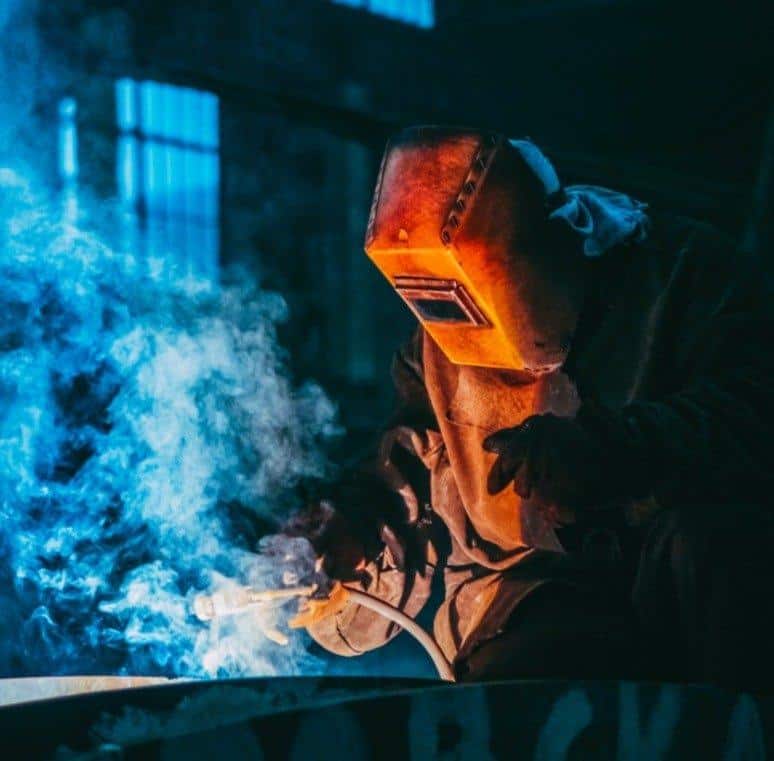
When cast iron fireplaces develop significant cracks, it is crucial to seek professional assistance. A skilled welder can address these issues using specialized techniques that gradually heat and cool the metal.
This approach helps to prevent further damage and ensures a thorough repair of the fireplace.
Step 4: Refinishing Options
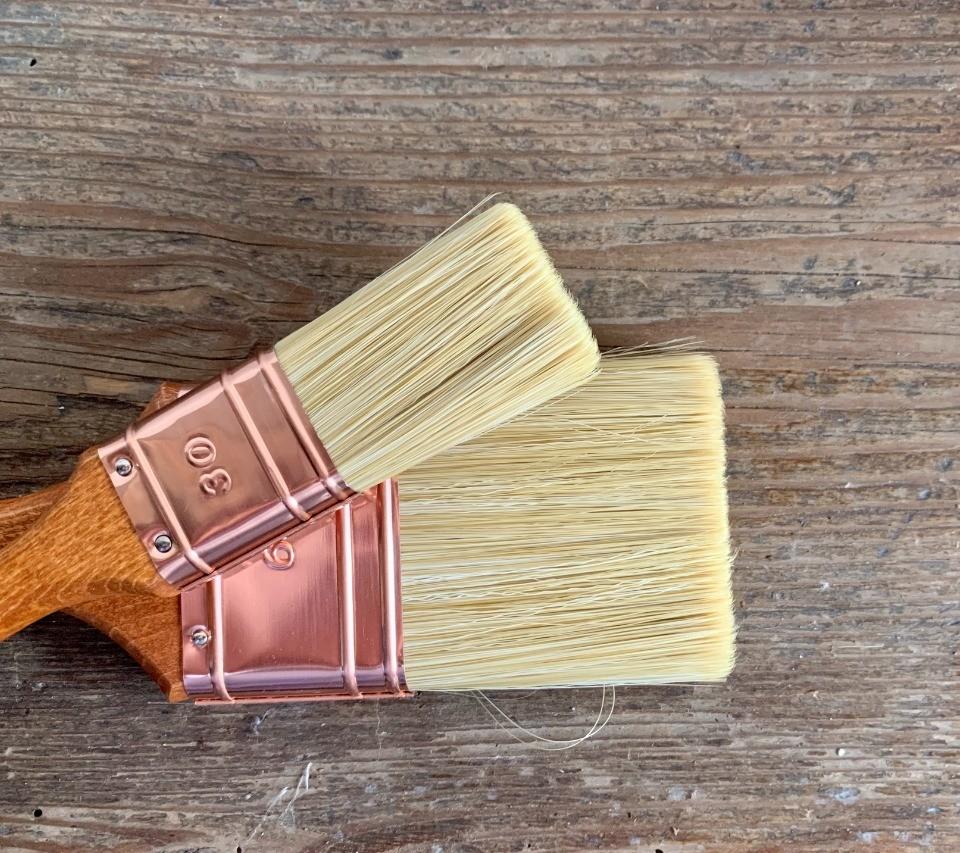
After diligently addressing any rust, paint, and structural issues, you should take the opportunity to refinish your fireplace to your exact specifications.
The options are not restricted to its original appearance; you can consider repainting or polishing it to attain your desired look.
Professional Alternatives
Several professional services are available to help restore your cast iron fireplace, especially for complex restorations or if you’re not comfortable with DIY methods.
1. Sandblasting: This technique is highly effective for removing paint and rust, especially for fireplaces with complex designs.
Professionals use high-pressure air mixed with abrasive materials to remove old finishes and corrosion. This method is particularly useful for
- Fireplaces with ornate details that are difficult to clean by hand
- Heavily rusted surfaces that resist manual cleaning
- Large-scale restorations where time efficiency is crucial
2. Professional Welding: Skilled welders can safely repair significant cracks or structural issues in cast iron fireplaces. Their expertise is invaluable because
- They understand the unique properties of cast iron and how it responds to heat
- They can perform controlled heating and cooling to prevent further damage
- They have access to specialized equipment and materials for cast iron repair
3. Restoration Specialists: Some companies specialize in antique fireplace restoration. These experts can
- Assess the historical value of your fireplace
- Provide custom solutions for unique or rare designs
- Offer comprehensive services from cleaning to refinishing
4. Powder Coating: Some professionals offer powder coating services for a durable, long-lasting finish. This process
- It creates a more uniform and resistant coating than traditional paint
- It is available in a wide range of colors and finishes
- Can significantly extend the life of your restored fireplace
5. Conservation Experts: For fireplaces of historical significance, conservation experts can
- Preserve original features and patina
- Use period-appropriate restoration techniques
- Provide documentation of the fireplace’s history and restoration process
By considering these professional options, you can ensure that your cast iron fireplace is restored to its former glory, especially in cases where the restoration requires specialized skills or equipment beyond typical DIY capabilities.
Summing It Up
Restoring a cast iron fireplace is a rewarding voyage that combines history, craftsmanship, and personal satisfaction.
Following this guide on restoring a cast iron fireplace, you’ve learned to tackle rust, remove old paint, and address structural issues.
Remember, patience is key – take your time with each step to ensure the best results. Whether you choose to DIY or seek professional help for more complex issues, your efforts will culminate in a beautifully restored piece that adds character and warmth to your home.
As you enjoy your revitalized fireplace, take pride in knowing you’ve preserved a piece of architectural history.
For those still contemplating a restoration project, we encourage you to take that first step. Your cast iron fireplace awaits transformation!

